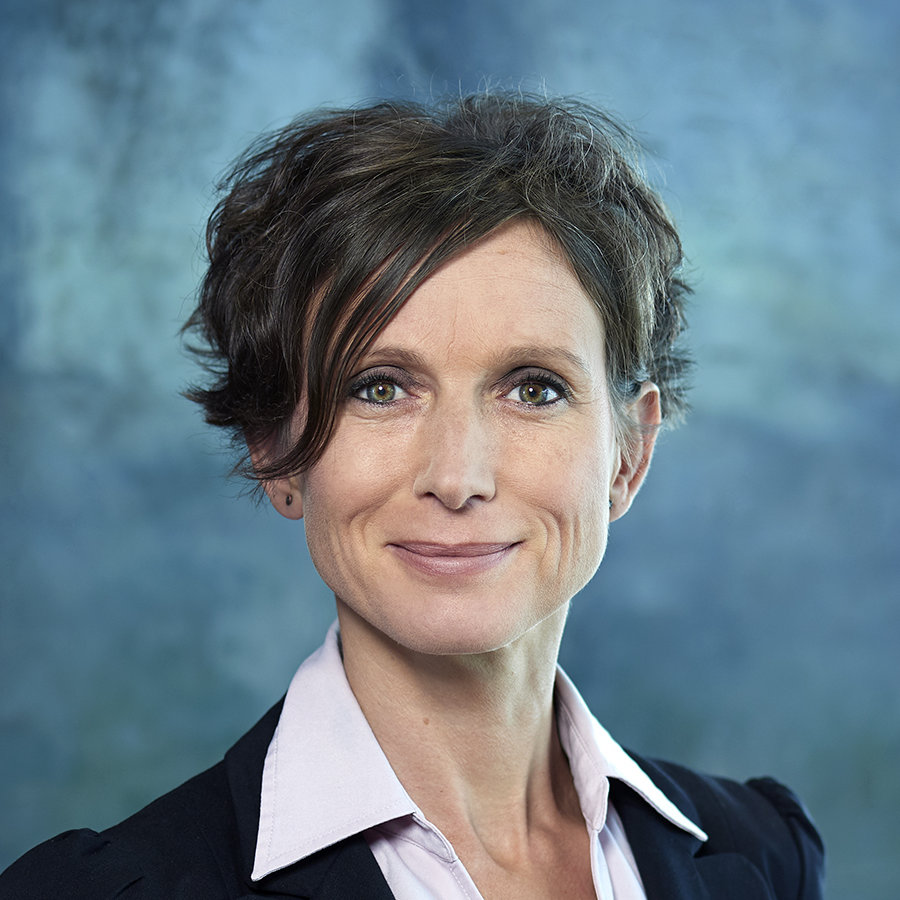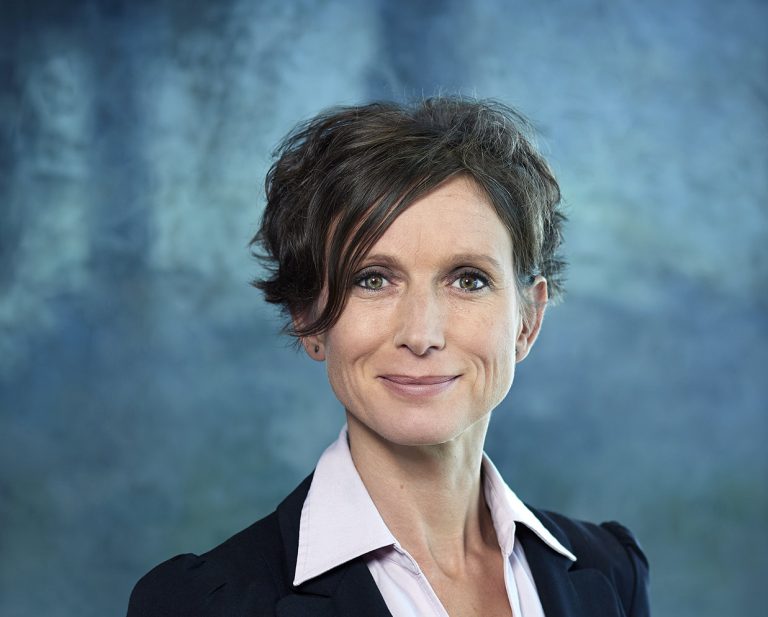Digital payment options have become an integral part of everyday life. New possibilities are opening up here, especially on the basis of blockchain technology. Pascale Bruderer, former politician and current Chairman of the Board of Swiss Stablecoin AG (SSC), shares her opinion in an interview with CVJ.CH.
In view of the rapid increase in digitization, central banks around the globe are investigating digital alternatives to their national currencies. While some are already ringing in the preparatory phase for a central bank digital currencies (CBDC), the Swiss National Bank (SNB) is showing more restraint. Instead, the currency guardian is leaving a digital everyday franc to the private sector. This is where Swiss Stablecoin AG (SSC) wants to position itself as a leading provider. A digital franc stablecoin is intended to supplement the existing payment infrastructure with more functionality, simplify transactions in the digital space and thereby promote innovative business models.
CVJ.CH: What are the key characteristics of a stablecoin for you?
Pascale Bruderer: Stablecoins linked to fiat currencies combine the stability of conventional currencies with new digital functionalities. I am convinced that this combination will meet with a large and growing demand in the future.
An important prerequisite for this is trust in the sense of solid regulation - here, Switzerland positioned itself as a pioneer early on by creating the necessary legal framework.
Are digital currencies the logical consequence of increasing digitization?
Absolutely, the real world is becoming more and more connected with the virtual world - right into our everyday lives. This calls for a suitable means of payment that is trustworthy and stable in value, but at the same time digital and functional. For example, it could be linked to electronic identification. Or with earmarked programming - be it for sustainable consumption, mobility budgets or loyalty programs.
The realization that functional means of payment are needed for this is now widespread, completely independent of buzzwords such as metaverse, Web3 or token economy. Even a sober look at the developments already in use in trade and industry makes the need clear: machine-to-machine processes with integrated payment or automated delivery-versus-payment mechanisms are simply not mapped by the conventional payment infrastructure. This is why it should be supplemented and digitally expanded.
What differentiates a franc stablecoin from FinTech services like Twint?
There is a very fundamental distinction - namely the infrastructure behind it. A stablecoin is based on decentralized technology: It allows direct, immediate, and secure transfer of payments between users, without cost-driving intermediaries.
The situation is different with Twint: Twint is an account-to-account offering from the banks, where the traditional financial market infrastructure is used for the transfer of payments. This has established itself and, in my opinion, will retain an important role. But it cannot meet important requirements of the increasingly digital world, as the above examples show.
Such applications become possible because so-called smart contracts are integrated into the transaction. The technical implementation is relatively simple, but it requires a functional means of payment: a digital franc in our case.
Would a central bank digital currencies of the Swiss National Bank be in direct competition with the Swiss Stablecoin AG (SSC)?
To answer this question, I must first look back. Because I don't want to make a secret of it: SSC would not have been founded in the first place if the SNB had taken a different position on retail CBDC.
However, the SNB is taking the clear position that it wants to limit its CBDC activities to the wholesale area and sees the private sector in the lead when it comes to the supply for companies and households. This is in line with the proven division of roles in monetary policy. In terms of regulatory policy, this position of the SNB is understandable. Internationally, however, we see a different development: 93% of the central banks are currently dealing with the digitization of their currency - some of them also with end customers in mind. This also applies to the ECB with its digital euro.
For Switzerland, the question is therefore: What does this development mean for our sovereignty and financial stability?
My conviction is: There also needs to be a regulated offer from Switzerland for Switzerland. This is precisely the ball that SSC wanted to get rolling, and we are working on it, in close dialog with the authorities. Because there will be a need for a broadly accessible digital Swiss franc and - now I'm not just talking as an entrepreneur, but also as a citizen - we can't leave this to foreign providers.
How do you assess the role of the public and private sectors in the development of digital currencies?
Given my political background, this answer is hardly surprising: In my view, close cooperation between the public and private sectors is imperative in this area. A digital franc is not only a question of innovative strength, but also of monetary sovereignty.
For the entire SSC team, it was therefore clear from the outset that we would rely on a regular dialog with all relevant authorities. The Swiss franc is a public good, and its functional development must be handled with enormous prudence and care. We are absolutely aware of this responsibility, and we place trust and sound regulation at the heart of our approach. During implementation, we make sure that we remain flexible in the face of future developments and that the product also has added value in the event that framework conditions - such as the SNB's position references - change.
Will the SSC use a public or private blockchain infrastructure for the digital franc? How do you assess the advantages and disadvantages?
The SSC will use a public blockchain infrastructure. This brings some challenges, for example in the areas of scalability, privacy and cost efficiency. But there are innovative solutions to deal with them and enable an attractive, secure implementation. Because these three points are absolutely central to us.
The reason for using public blockchain protocols is the enormous innovative power of this technology. We consider the modularity and composability of the individual elements that already exist to be enormously valuable. For a digital Swiss franc to spread widely, an open ecosystem is imperative. We are convinced that only a public blockchain can meet this requirement.
What developments in the next 3-5 years are you most looking forward to?
In 3-5 years, we will only see the beginning of this development. Nevertheless, I am most looking forward to seeing and helping to enable how a digital franc can strengthen the innovative power of our country. With added value not only for the financial industry, but also for the broad real economy, for the public sector and, by extension, for the population.
Switzerland has everything it needs to master the path toward digital currencies with confidence and its own successful model. I am very motivated to make a contribution here.
 Pascale Bruderer, founder and Chairman of the Board of Swiss Stablecoin AG (SSC), looks back on a long political career as a former Member of the National Council, President of the National Council and Member of the Council of States. SSC, which she founded in 2022, aims to contribute to an openly accessible, broadly supported and fully regulated digital Swiss franc. This should complement the existing payment infrastructure with more functionality, simplify transactions in the digital space and thereby promote innovative business models. The SSC relies on partnerships with companies relevant to Switzerland, both in the financial industry and the real economy.
Pascale Bruderer, founder and Chairman of the Board of Swiss Stablecoin AG (SSC), looks back on a long political career as a former Member of the National Council, President of the National Council and Member of the Council of States. SSC, which she founded in 2022, aims to contribute to an openly accessible, broadly supported and fully regulated digital Swiss franc. This should complement the existing payment infrastructure with more functionality, simplify transactions in the digital space and thereby promote innovative business models. The SSC relies on partnerships with companies relevant to Switzerland, both in the financial industry and the real economy.








